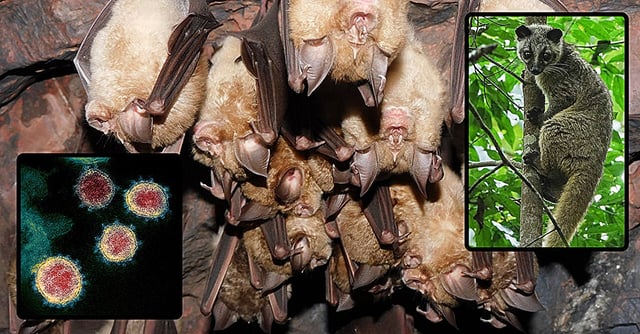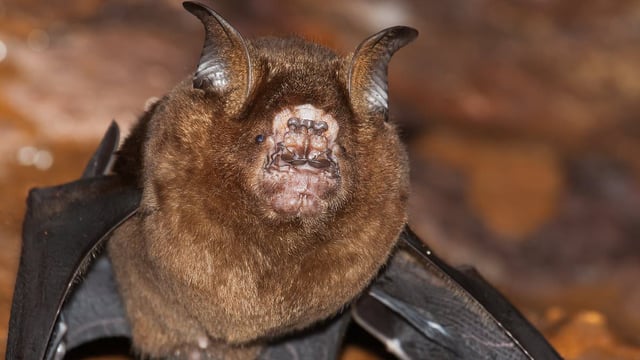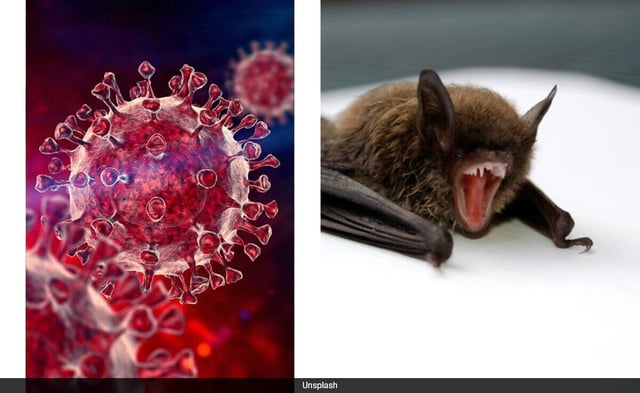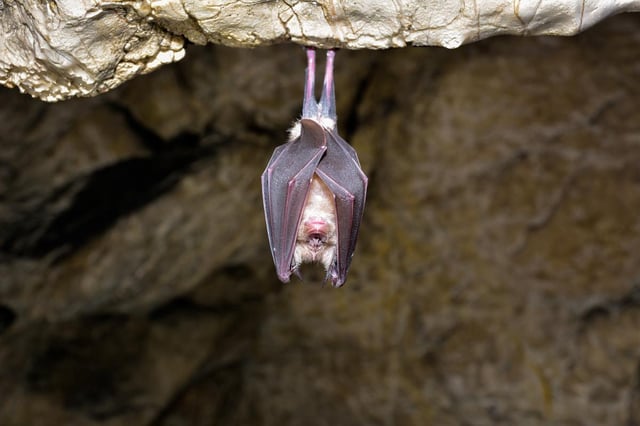Overview
- Researchers from UC San Diego and collaborators published a study in *Cell* tracing the origins of SARS-CoV-1 and SARS-CoV-2 to wildlife trade-mediated transport of infected animals.
- The study found that sarbecoviruses circulated in Western China and Southeast Asia for millennia but moved to outbreak sites via intermediate hosts such as civets and raccoon dogs.
- Horseshoe bats, the natural hosts of these viruses, have limited movement ranges of 2–3 kilometers, making their direct dispersal over thousands of kilometers implausible.
- Genomic analysis avoided recombination-prone regions to accurately reconstruct the evolutionary history of the viruses, providing robust evidence against lab-leak theories.
- The findings underscore the importance of enhanced surveillance of wild bat populations to anticipate and mitigate future zoonotic spillovers.



